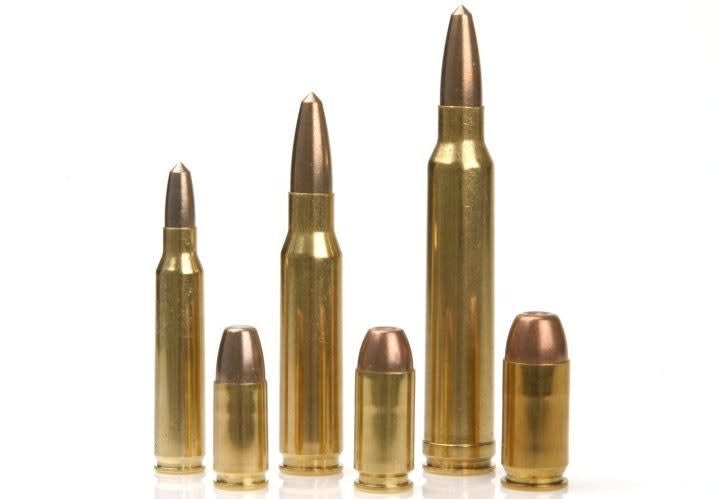Valhalla's 360-degree shooting areas present some unusual problems associated with our goal of putting students in the most realistic shooting environment possible and our need to make sure that they are reasonably safe
We realized very quickly that we didn't want to go to the trouble to put in reactive and interactive targets, 3D mannequins, furniture, props, painted walls, carpeting, special effects lighting, and sound and then have all the shots be taken into large, unwieldy and painfully obvious "shooting range like" bullet traps. That would have amounted to a huge waste of effort.
Frangible ammunition made it possible for us to make the bullet traps much more a part of the environment by allowing them to be made of mild one-quarter-inch steel, instead of a special hardened steel or some thick rubber block material. By facing the traps with half-inch thick rubber and leaving a gap between the rubber and the steel, we had a trap that was relatively light and thin enough to be painted and placed in the areas that we would be shooting without compromising the reality of the settings. While this type of trap will not stop rifle rounds—frangible or not—it does a great job with frangible pistol bullets from a variety of manufacturers.
Of course, our 360 ranges themselves are steel boxes designed to keep rounds inside regardless of what they hit on the way to the outer walls, but we didn't want to be forced to repair the interior walls constantly, so these unobtrusive bullet traps are placed throughout the interior in the areas most often shot into.
Placing these traps throughout a maze of plywood rooms means that there is a lot of steel to be hit at a lot of odd angles. Shooting lead rounds in this environment could be deadly. But shooting frangible rounds is about as safe as any live fire environment can be. Quality, unjacketed frangible bullets do not allow fragments of any significant mass to ricochet off of these steel surfaces. Although the small, lightweight particles are moving very fast off of the steel they strike, they do not carry much momentum.












